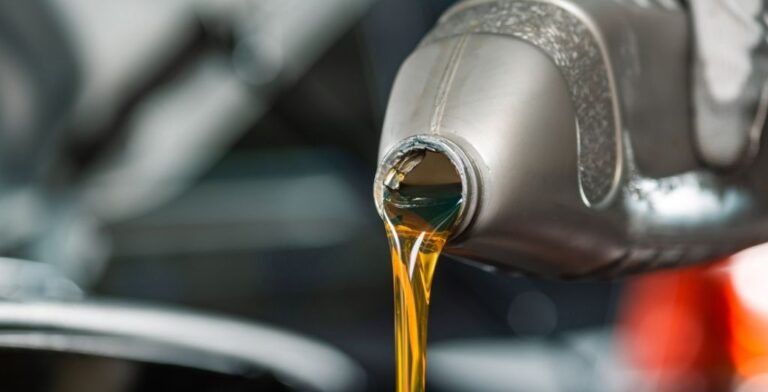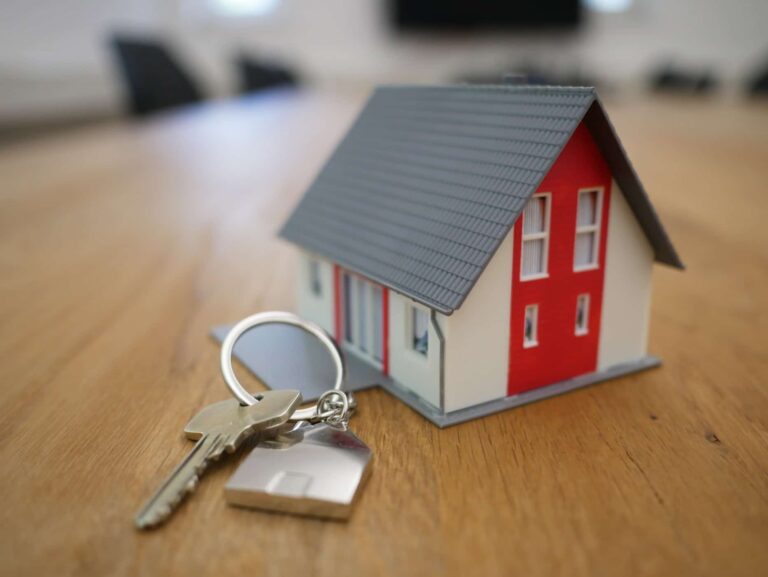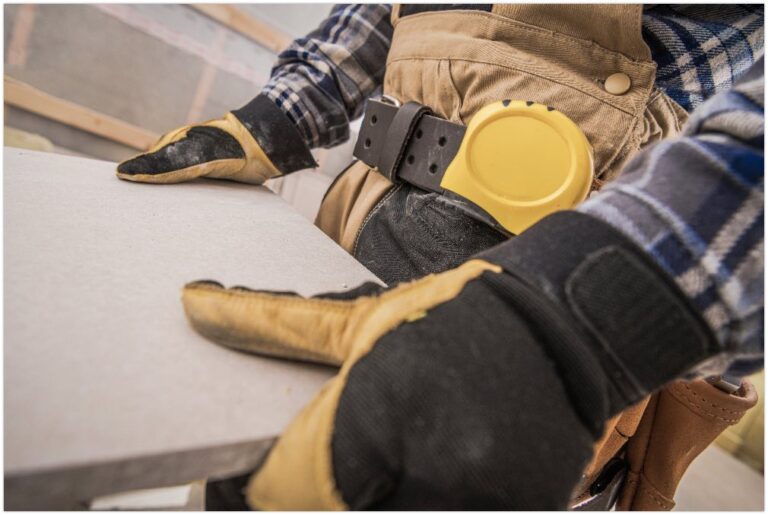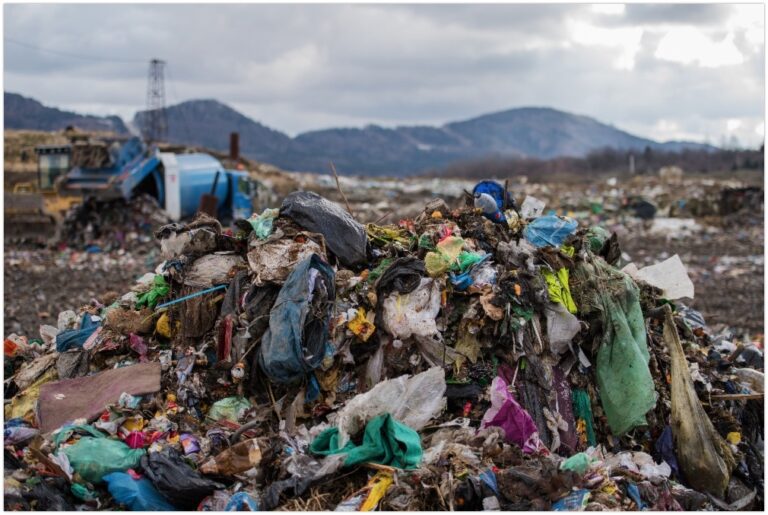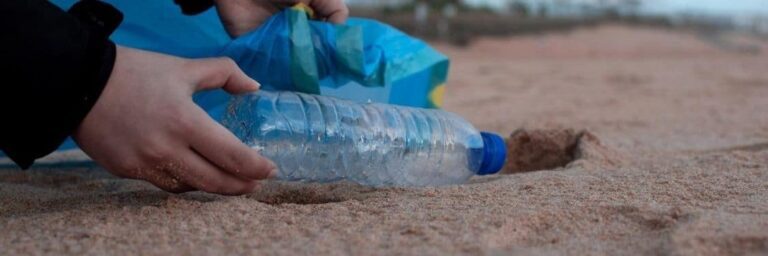Did you know that rubbish is broadly divided into 12 or more different types? It’s useful for you to know what is piling up in the driveway or yard of your business or home because this will affect how you get rid of it.
This post will take you through 12 of the most common types of rubbish and what you should look for to avoid landing your household into health and safety issues.
The 12 common types of rubbish include:
Related: 5 Major Obstacles to Proper Rubbish Disposal
1. Liquid Or Solid Household Waste
This can also be called ‘black bag waste’ or ‘municipal waste’ and is the general household rubbish we want to remove. It can be liquid or solid.
Although household waste doesn’t usually contain large amounts of toxic substances and germs, it can cause a risk to your family and their health by attracting rats, mosquitoes and flies, and allowing them to breed.

Glassware
Most Aussie households have broken a drinking glass or a few beer bottles after a party or occasion. It’s known that glassware can be remelted to produce new glass. But not all waste glass is recyclable as raw material.
Different glasses have varying properties, as drinking glasses and window panes melt at different temperatures than recyclable glass containers. In other words, most broken glassware goes into the trash stream.
Ceramics
Like glassware, broken ceramics such as garden pots, porcelain ware, and similar belongings are difficult to recycle. Their properties also make slightly chipped or stained ceramics impossible to donate.
2. Medical/Clinical Waste
Medical waste is generated during the immunisation, treatment, or diagnosis of human beings or animals or during research activities involving biological materials’ testing or production.
Pharmaceutical waste, such as that produced by hospitals, health care centres, clinics, vets etc. can also be found in homes and must be disposed of responsibly, even if it’s not marked hazardous.
Other forms of medical waste that can also be found in regular family households include bandages or dressings containing body fluids or dry blood, used syringes and chemicals such as phenols and formaldehyde.
Hypodermic needles and other hazardous healthcare wastes shouldn’t be disposed of in the domestic waste stream. Medical waste is highly infectious and can seriously threaten human health if it’s not managed and disposed of in a discriminate and sanitary manner.

3. Electrical Waste (E-waste)
Electrical waste is generated from electronic devices, including printers, computers and monitors, telephones, music and DVD players, vacuum cleaners, TVs, etc.
It includes almost any business or household item with electrical components or circuitry or/and battery or power supply. These might contain toxic metals such as brominated flame retardants, antimony oxide, mercury, lead and cadmium, which are all harmful to the environment and humans.

Lightbulbs
Compact fluorescent bulbs (CFLs), light-emitting diode (LED) bulbs, and high-intensity discharge (HID) bulbs can leave sharp glass shards and hazardous components (electronics, gases) which do not belong in any recycling or composting bin.
On the other hand, incandescent and halogen bulbs are considered safe and can be disposed of in your general household rubbish bags.
4. Hazardous Waste
Hazardous waste is normally regulated by the federal government and includes pesticides, some dangerous pharmaceuticals, lead or paints, mercury, weed killers, household chemicals and cleaners, flammable liquids, fluorescent light bulbs, aerosol cans, solvents, etc.
Disposing of hazardous materials in your recycling bin or general waste isn’t safe as they can be reactive, toxic, inflammable, corrosive or explosive. Chemicals in improperly or illegally disposed of hazardous waste can be released into the environment, contaminating our water, air, and possibly the food we eat. For example, just one gallon of used oil can make one million gallons of fresh-water undrinkable.

5. Recyclable Waste
Some household and commercial rubbish are safe to recycle and convert into useful raw materials. These include junk in kerbside bins such as food/beverage containers, paper, reusable glass, and metal scraps.
But for a filled recycling bin to qualify for recycling, you must ensure proper segregation and sorting of waste materials. Press down boxes, cans, and plastic bottles to compact them in bins so you can fit more recyclables.
Rubbish should be sorted at the source for it to be recycled. Remember to squash down boxes, bottles and cans so that you can fit more items into your recycling container or bag.

6. Construction And Demolition Debris
If you’ve recently finished renovating or constructing your home, chances are there’s a ton of rubble and scraps around your property. This construction and demolition debris may include used bricks, roofing shingles, floor tiles, old concrete, dirt, and other junk generated on a construction site.
Many households recover their cement blocks and bricks to use as landscaping materials for their garden. Some also combine them into asphalt and concrete as bases for driveways and roadblocks.
Leaving unwanted debris around your property can cause safety risks to children and passers-by. There are several ways to dispose of different construction debris, such as breaking it down for reuse, chipping for composting, selling it to scrap dealers, and hiring a rubbish removal team.
This normally weighty and bulky material is generated during renovation and construction projects. It may include bricks, ceiling tiles, roofing shingles, plumbing fixtures, asphalt, carpeting, wood, fill dirt, concrete, bricks, etc.
Some of the construction and demolition debris, such as bricks and cement blocks, can be recovered for reuse, but more often, they’re combined with asphalt and concrete can be crushed to form the base for driveways and roadbeds. Excess untreated and unpainted wood lumber can be recovered for reuse as dimensional lumber, but it’s usually chipped for use in composting and landscaping. Metals can be sold to scrap-metal dealers.

7. Green Waste
This comprises landscaping and food waste that will naturally break down in short periods under the appropriate temperature and pressure conditions. It includes weed clippings, grass, branches and tree limbs, waste from vegetable produce, grains, bread, and paper products.

8. Plastic Waste
Plastic waste is any unwanted single-use, reusable plasticware that does not readily decompose. Having heaps of plastic rubbish at home can adversely affect your health, sanitation, sewage (may cause clogging), and local wildlife habitat.
In Australia alone, households generate over 6.3 billion tonnes of plastics in landfills.
9. Textile Waste
Textiles follow plastic waste as the second-largest waste-producing industry. A typical garment will last up to 3 years, so old textiles pile up quickly and account for 5% of all landfill waste.
Textile waste includes household garments such as used apparel, bedsheets, upholstery, rugs, and other common textile belongings.
10. White Goods
White goods are large domestic electrical appliances, typically white, including freezers, dishwashers, refrigerators, microwaves, air conditioners, and other appliances.
White good appliances are distinctly classified from electronic waste due to all modern white goods containing electrical components and are more difficult to eliminate than small electronics.
11. Food Waste
Food waste is junk materials generated before, during, and after food preparation and consumption. That includes vegetable and fruit peelings, leftover food, bread, coffee beans, unfinished food in packaging, and other food-related rubbish.
While it’s easy to dispose of food waste, leaving it in bins for a few days will quickly produce health risks to you and your family. Food waste quickly turns sour and creates a habitat for harmful bacteria and food for rodents and pests.
12. Industrial waste
Improper disposal of industrial solid and liquid waste can lead to disease, death and sometimes environmental damage that can continue for many generations.
Effective and efficient waste management is best achieved at the point it is generated. If we all get involved in the proper disposal of waste, we can have a powerful positive effect on our health and the environment.
You can easily dispose of some of the 12 types of common rubbish in this post by calling Paul’s Rubbish Removal Sydney. We will ensure your rubbish is disposed of responsibly and safely.
Leaving your rubbish untouched and topsy-turvy is highly dangerous to your family, neighbourhood, and the environment. Unsafe handling of hazardous rubbish can also lead to severe diseases, death, and irreversible environmental damage.
Whatever your rubbish may be, you can efficiently dispose of it by calling a trusted rubbish removal partner in Sydney.
For more info about our rubbish removal services, call us on 0407 125 125. Paul’s Rubbish Removal is your best choice of rubbish removal in Sydney.



